2012.05.26 14:38
the ethics of parametricism/emergent architectural thought and reification
from wikipedia:
Transhumanists engage in interdisciplinary approaches to understanding and evaluating possibilities for overcoming biological limitations. They draw on futurology and various fields of ethics such as bioethics, infoethics, nanoethics, neuroethics, roboethics, and technoethics mainly but not exclusively from a philosophically utilitarian, socially progressive, politically and economically liberal perspective. Unlike many philosophers, social critics, and activists who place a moral value on preservation of natural systems, transhumanists see the very concept of the specifically "natural" as problematically nebulous at best, and an obstacle to progress at worst. In keeping with this, many prominent transhumanist advocates refer to transhumanism's critics on the political right and left jointly as "bioconservatives" or "bioluddites"...
I wonder what an Institute of Transhumanism looks like. Not like this exactly because this is a Stoner Food Restaurant:
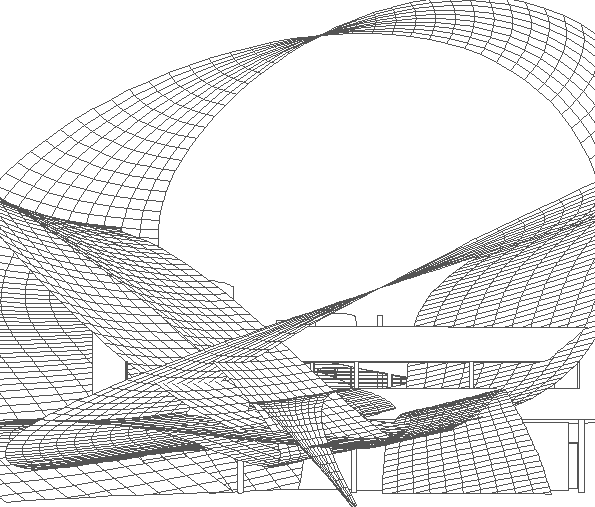
Maybe it looks like this:
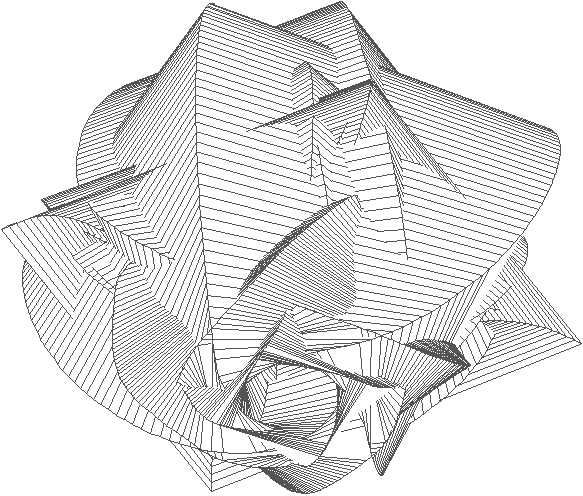
Or maybe like this:
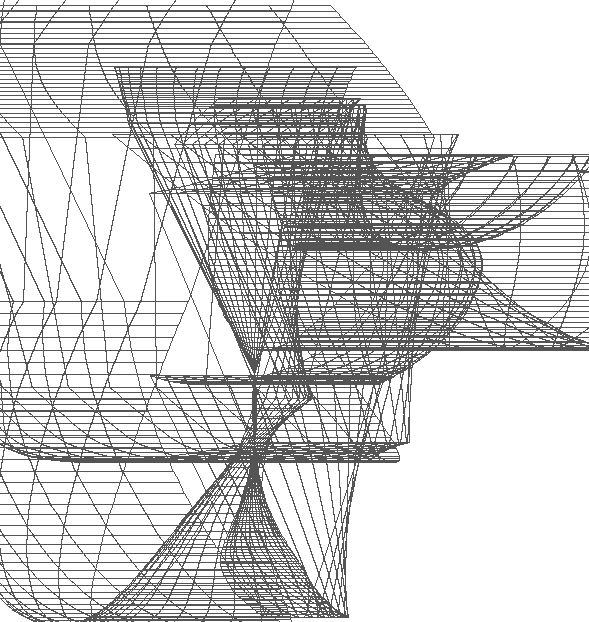
Anyway, I think a transhumanist cemetery, called Multiple Choice Loins, looks like this:
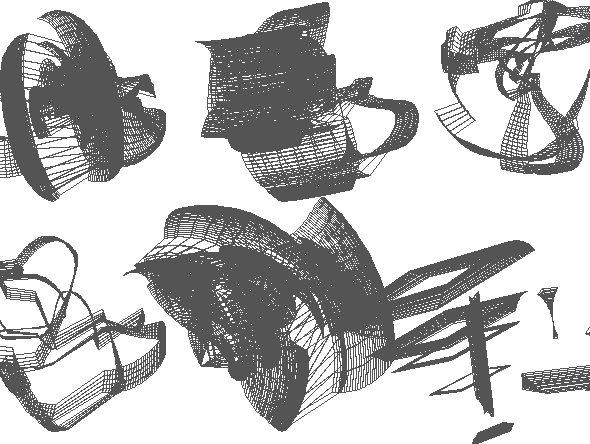
| |
2013.02.16 15:49
16 February
Patrik Schmacher: The term 'Parametricism' implies that all elements of architecture are becoming parametrically malleable and thus adaptive to each other and to the context.
Luhmann refers to architecture within his The Art of Society where he theorizes art as a self-referential social system. He subsumes architecture within the art system. This treatment of architecture has to be rejected today. It reflects the traditional classification of architecture among the arts. It is one of the central, historical theses of the theory of architectural autopoiesis that this treatment of architecture under the umbrella concept of 'the arts' is long since an anachronism--at least since the refoundation of the discipline of Modern architecture during the 1920s.
Patrik Schumacher, The Autopoiesis of Architecture, p. 146.
Modernism: Modernist architecture was faced with a veritable explosion of the problem domain as full blown industrialization was followed by social revolution which--for the first time--introduced the masses as new clients for architecture. This explosive expansion of design tasks was paralled by new solution spaces: the ready availability of new construction methods (steel and reinforced concrete), as well as the emergence of the new design resources that were delivered by abstract art opening up a hitherto unimagined realm of creative formal invention.
Patrik Schumacher, The Autopoiesis of Architecture, pp. 291-2.
I can't tell yet if The Autopoiesis of Architecture is written parametrically, but it is certainly worthwhile when read parametrically.
2013.02.28 11:49
Thread Central
Still spot reading (indexed passages, whole chapters) The Autopoiesis of Architecture, both volumes, and beginning to wonder whether these books will prove to be highly influential in subtle ways that don't even relate specifically to parametrics. The books cover a large range of topics, all delivered in condensed form, and it is this condensification that I think manifests the high potential for longevity of influence.
Bilocation can be fun. Inspiring, even.
Durand Revisted Parametrically--sometime in the 21st century?
2013.04.05 12:42
5 April
For a few of weeks now, I've been of the opinion that The Autopoiesis of Architecture would have been a much better book if it had been written and composed like S,M,L,XL.
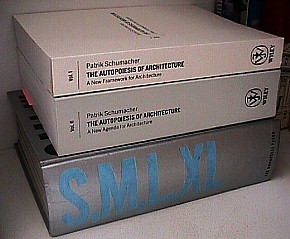
| |
2013.11.22 22:13
22 November
2013.11.22: Patrik Schumacher himself posts twice within an Archinect news item.
I'd like to see a same scale comparison of Le Corbusier's Plan Voisin and ZHA's Kartal Pendik Masterplan.
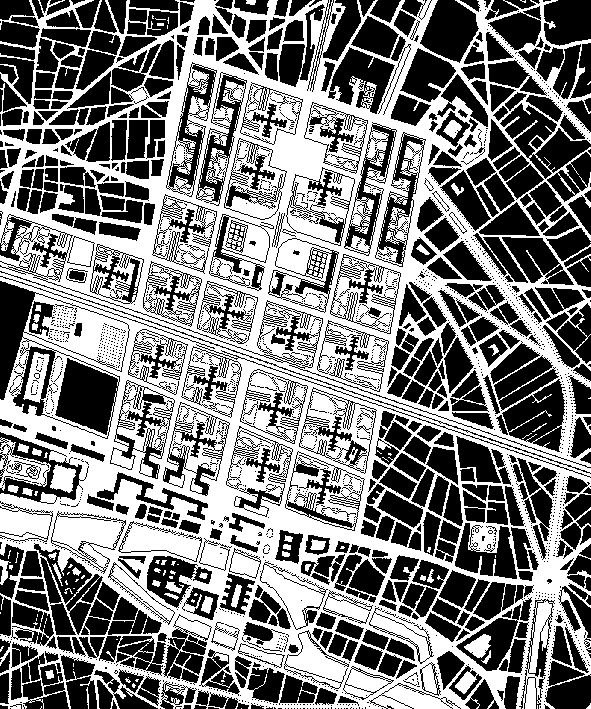
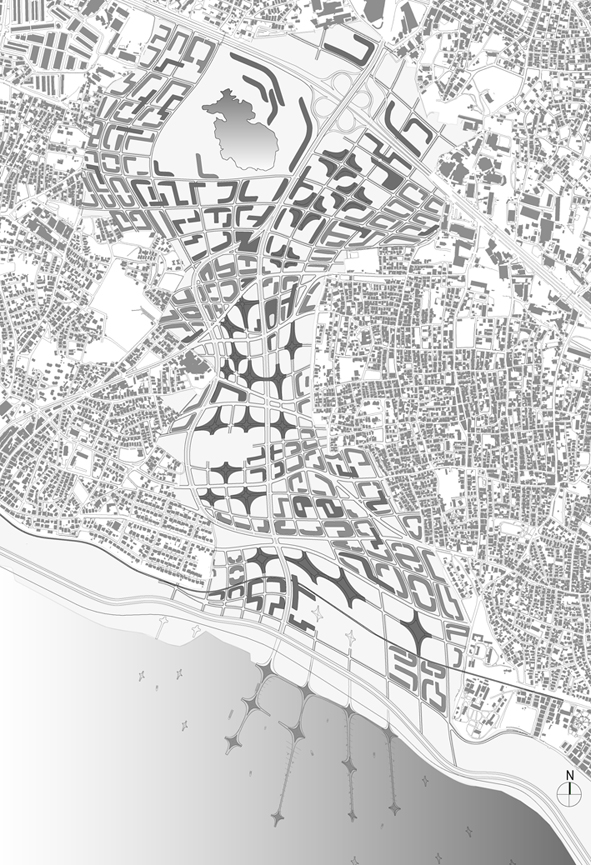
subliminal/subversive reenactment?
Still remembering 1999.08.14 at Quondam:
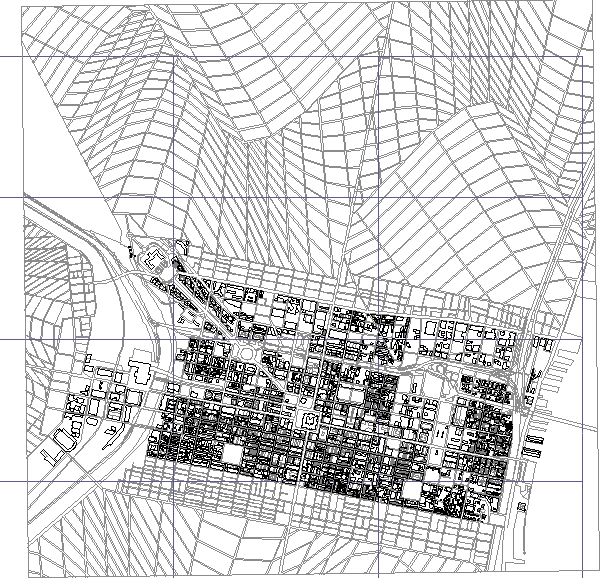
|